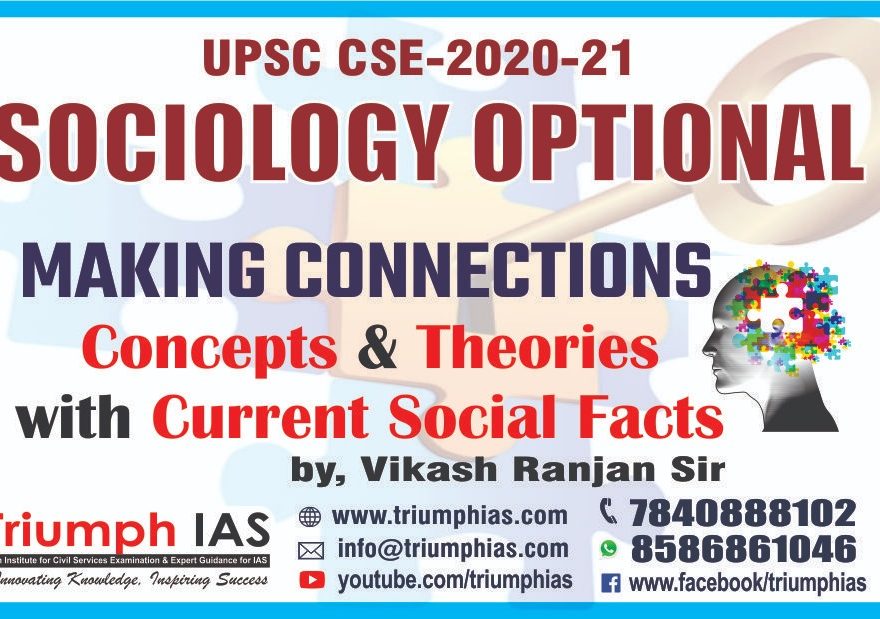Relevance: Sociology: Challenges of Social Transformation:Poverty, deprivation and inequalities. Violence against women. Illiteracy and disparities in education.
Context
The legal age of marriage for women in India is likely to be revised from 18-years of age to 21-years of age as the government has formed a high-level committee to go into the matter and submit recommendations by July 31. Earlier, it was increased from 15 to 18 in 1978 as an amendment to the Sharda Act of 1929. Since 1978, the minimum legal age for marriage has been 18 for women and 21 for men.
About
In a progressive decision of the centre, a task force has been set up, which will re-examine the matters related to motherhood and marriage at an early age. This includes the mortality rates and medical well-being of the mother and child.
The task force will be headed by former Samata Party president Jaya Jaitly and will have among members V K Paul, Member, Health, NITI Ayog. The ten-member task force will have as members Secretaries Health, Women and Child Development, Law and School Education. Three independent members are Najma Akhtar (New Delhi); Vasudha Kamath (Maharashtra); and Dipti Shah (Gujarat).
“Centre sets up a task force to examine the age of motherhood, imperatives of lowering maternal mortality rate, improvement of nutritional levels and related issues,” Ministry of Women and Child Development.
A legal amendment will not be enough; an environment should be created for female children to realise their dreams.
Case Analysis

Mili’s parents fixed her marriage when she was in Class 9. Nevertheless, Mili had a dream. With the support of an Anganwadi worker, she could somehow manage to convince her parents to stop the marriage.
Now in class 10, Mili wants to be a nurse. However, her family’s poor economic condition is an obstacle to this.
Her father is a fisherman, who supports a family of six. Mili is the eldest among three sisters and a brother. There is a push factor for her early marriage because her parents feel that unless they get Mili married well in advance, it will be difficult to marry the younger two girls off on time. They fear that with the girls getting older, they will have to spend more for dowry; they want to avoid such an eventuality.
There is nobody to counsel Mili on how she should go about fulfilling her dream. Her queries about nusring and the expenditure to be borne to become a nurse are yet to be addressed. Hemmed in by all this, she is often apprehensive about the fulfillment of her dream, despite having strong determination.
Many adolescent girls have similar aspirations. These have grown stronger considering the increasing presence and performance of women in the workforce. Most adolescent girls aspire to be educated, paid and exposed to the world. They want to be capable enough to choose where, when and whom to marry. Then again, everyone is not that fortunate.
Because of lack of opportunity and encouragement, many such aspirations get stifled early. According to National Family Health Survey data, 26.8 per cent of girls are marrying below the legal age nationally.

Most of these marriages occur between the age of 14 and 18. Before completing their childhood, they become mothers of other children. Victims of child marriage are deprived of all kinds of child rights. Their access to education is stalled.
Many of them face domestic and sexual violence. Because of severe anaemia and malnutrition, many die during pregnancy or delivery. Life ends before dreams get wings to fly.
Recently, the Government of India constituted a committee to increase the age of marriage for girls to 21 years, from 18 years currently. In this context, I had an opportunity to interact with young voices to understand their views.
Chart shows the the role of marriage in the causal pathway from economic

Surprisingly, their thoughts were almost similar. Why is there more emphasis on marriage, they asked? The focus should be more on safety, security, education, training, employment and income generation, they said.
Just a legal amendment to hike the age up to 21 will not work unless adolescents and youth are self-reliant. Hence, ensuring an enabling environment should be the need of the hour as expressed by many.
Adolescents do not have a platform to discuss sexuality and physical integrity yet. Increasing understanding of changes in body and mind during adolescence will be helpful in deciding on choosing a partner.
Encouragement for higher education, counselling for career, social and financial support for vulnerable families may enable girls to spend more years in school. This will automatically push the age of marriage.
The courage to say no to child marriage will be more when an environment is created for girls to realise their dreams. This will encourage them to be innovative and do things differently.
For more such notes, Articles, News & Views Join our Telegram Channel.
Click the link below to see the details about the UPSC –Civils courses offered by Triumph IAS. https://triumphias.com/pages-all-courses.php

